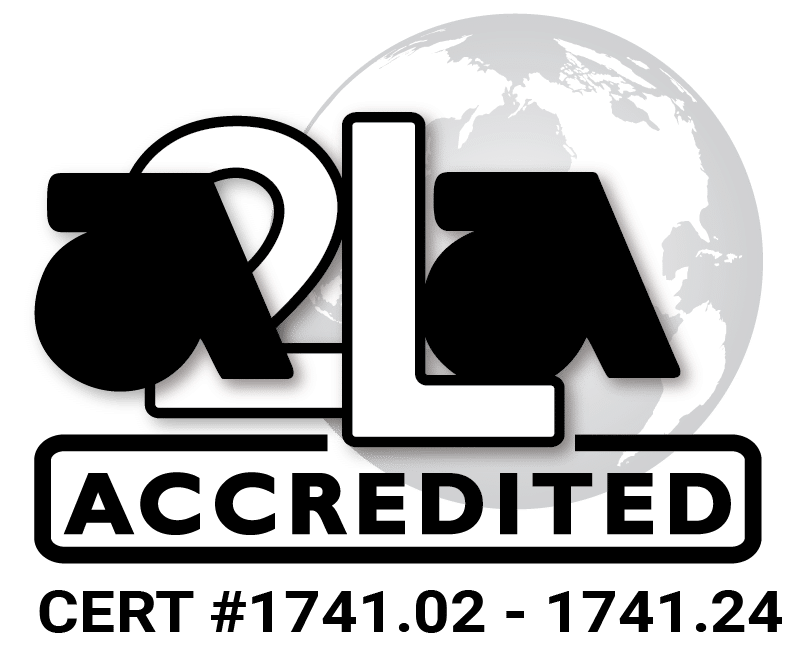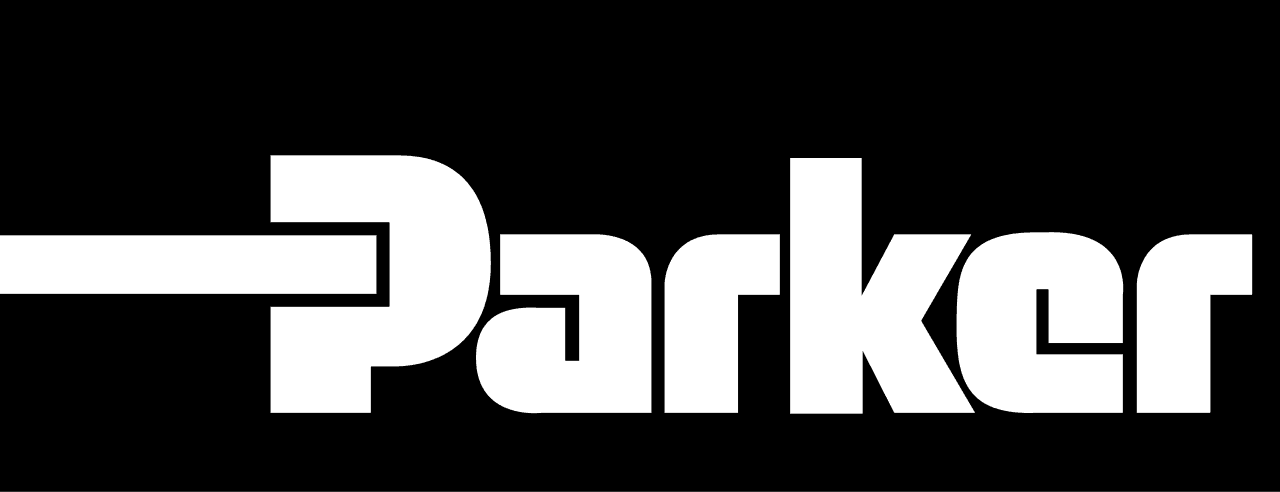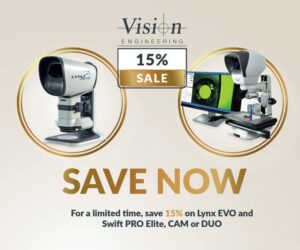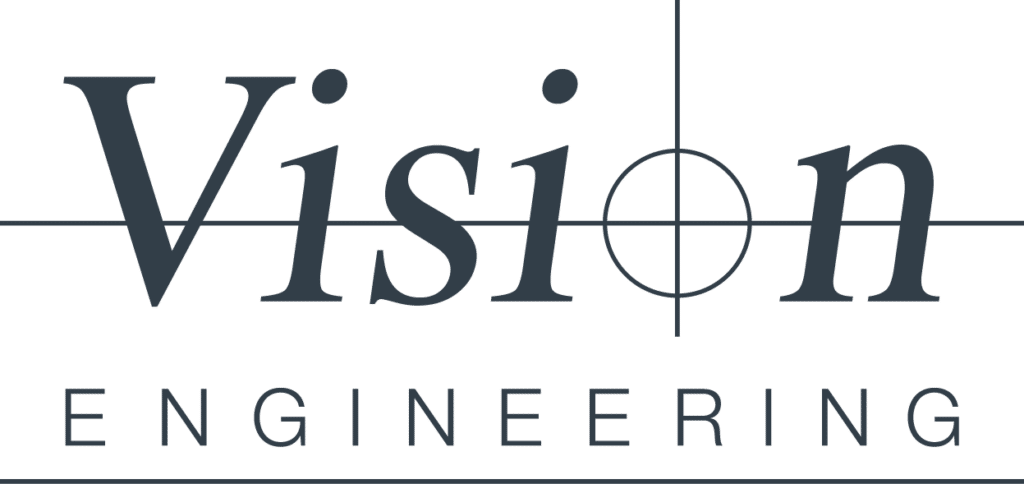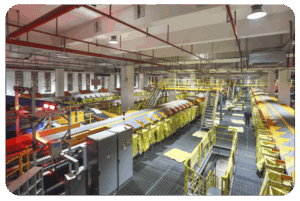FMS Series
J.A. King is proud to annouce that we now represent Starrett’s advanced force measurement and materials testing systems.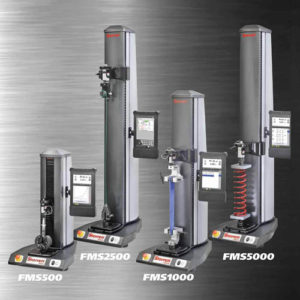
The Starrett FMS Series force measurement systems are well-suited for both quality control and high-volume production applications. They feature a single column frame and are available in four capacities: 500N, 1kN, 2.5kN, and 5kN.
The FMS Series systems allow users to perform both basic force measurement tests, as well as more complex multi-stage tests that adhere to ASTM, ISO, BS, DIN, and other international testing standards.
The systems operate using the new L2 Series controller and software. This Windows-based controller offers touchscreen operation, easy test templates, and the innovative Test Builder application for more complex testing requirements.
Three types of load cell sensors are available for the FMS series, all with a measurement accuracy of greater than 0.1% of full scale. A wide variety of test grips and fixtures are also available.
MMD Series
The MMD Series material testers are dual-column, tabletop material testing systems, available in three load capacities: 10kN, 30kN, and 50kN. They are ideal for tension, compression, flexural, cyclic, and shear testing 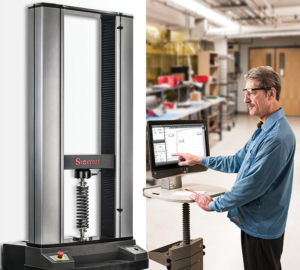 applications.
applications.
The MMD systems feature excellent load, strain, speed, and position accuracies, and offer superior frame stiffness to eliminate errors due to mechanical deflection. The systems also utilize a granite base, and all-metal columns.
The MMD Series use the L3 Material test software which allows the user to create, test, analyze, and report results easily and efficiently. L3 software offers export functionality for third party SPC and reporting applications.
MMD test frames are compatible with ULC, MLC, or FLC load cell sensors, and a wide selection of test fixtures and accessories are available.
For more information on the Starrett force and materials testing product lines, request a quote today!

